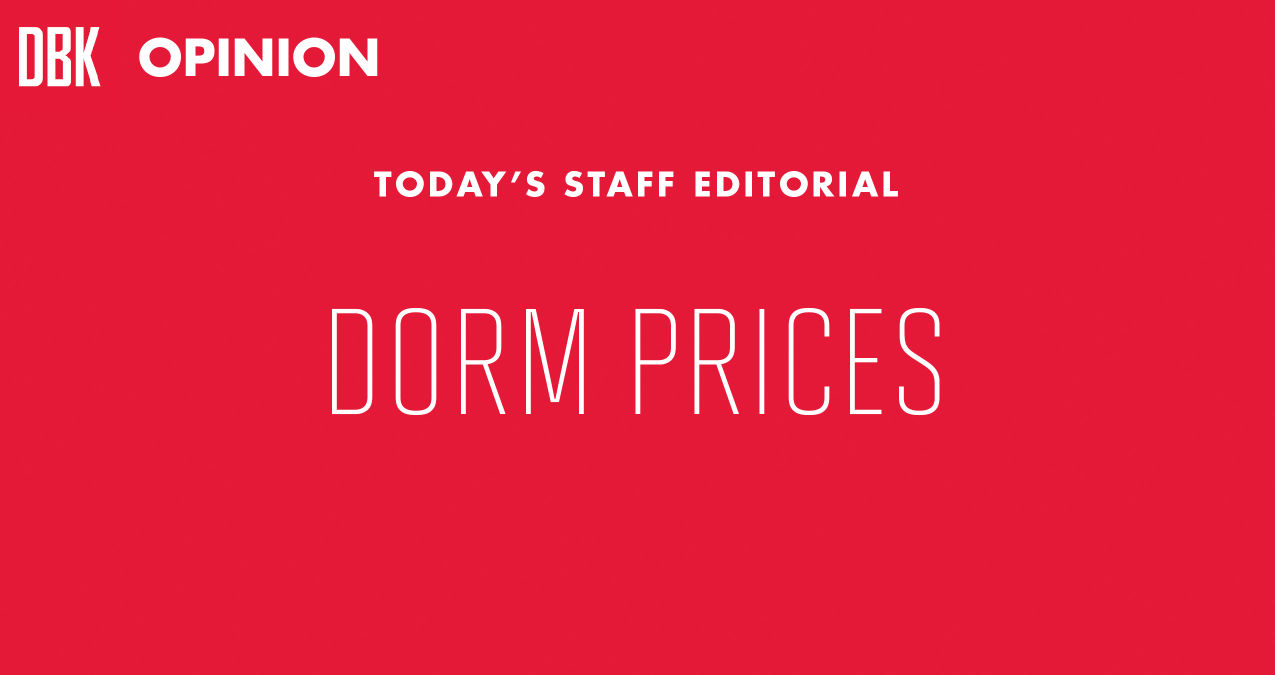
Dorm Prices
After the opening of Prince Frederick Hall this semester and the Residence Hall Association’s decision to improve older dorms with a 15-year plan, the RHA might have yet another initiative to improve student housing. Starting next year, the Department of Resident Life might adopt a new rate structure that would require students to pay adjusted prices for dorms with varying amenities.
While the pay model is in its early stages has yet to be approved, the RHA and Resident Life should work hard to make it official. According to Resident Life’s website, the price per semester for a single or double room in a traditional dorm is $3,212 this academic year. This price blankets all of the buildings that house single and double rooms and now appears unfair and unbalanced with Prince Frederick Hall and its amenities towering over aging Caroline, Wicomico and Carroll halls.
Residents living in dorms such as Wicomico Hall with hall bathrooms and no air conditioning or elevators pay the same amount as their Prince Frederick neighbors, who enjoy a slew of modern conveniences Wicomico will never have.
While it is logical for residents to pay an amount that reflects the nature of their dorm, the RHA does have valid concerns if the change were to occur. RHA President Sree Sinha expressed her apprehensions about the change’s potential impact on living-learning programs, which affects Prince Frederick, as that dorm houses the Digital Cultures and Creativity and Advanced Cybersecurity Experience for Students programs. Sinha said she fears altering the prices of dorms might dissuade students from participating in the programs.
It is valid for RHA not to want to discourage students from participating in a living-learning program because, depending where their program is housed, those students might have to pay a higher fee to live in a newer dorm. However, the potential problem has a simple solution. For students who wish to participate in a living-learning program but do not wish to pay the price of living in their designated living-learning dorm, Resident Life and the RHA could place the resident in a more affordable dorm but still provide them with swipe access to the dorm where their living-learning program is housed. Even though it might take the “living” out of the program, students still could participate in the program’s community.
At an RHA Senate meeting Tuesday, senate members shared their concerns about socioeconomic communities potentially being formed if rates were changed for different dorms, which would impact significantly the diversity of dorm communities. However, each dorm is not uniform in structure, as each floor of each building usually has a variation of singles and doubles to triples and quads. Because students pay less to live with a greater number of roommates, students looking for more affordable housing options hopefully could be accommodated.
The concerns about problems that could arise from pricing dorms based on amenities are valid, but they are solvable. As this university upgrades its dorms to the level of Prince Frederick, the RHA and Resident Life should ensure residents pay fair prices based on their housing assignments.



